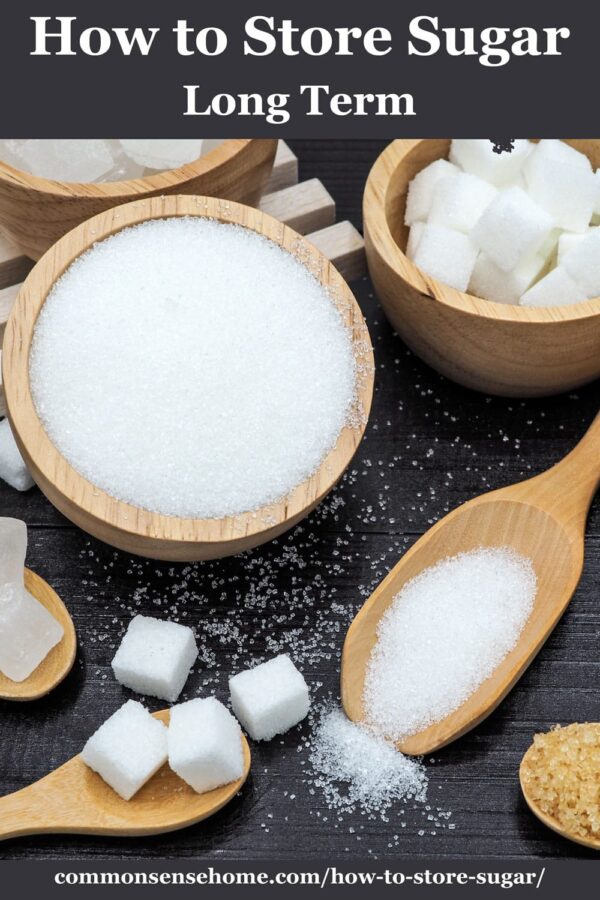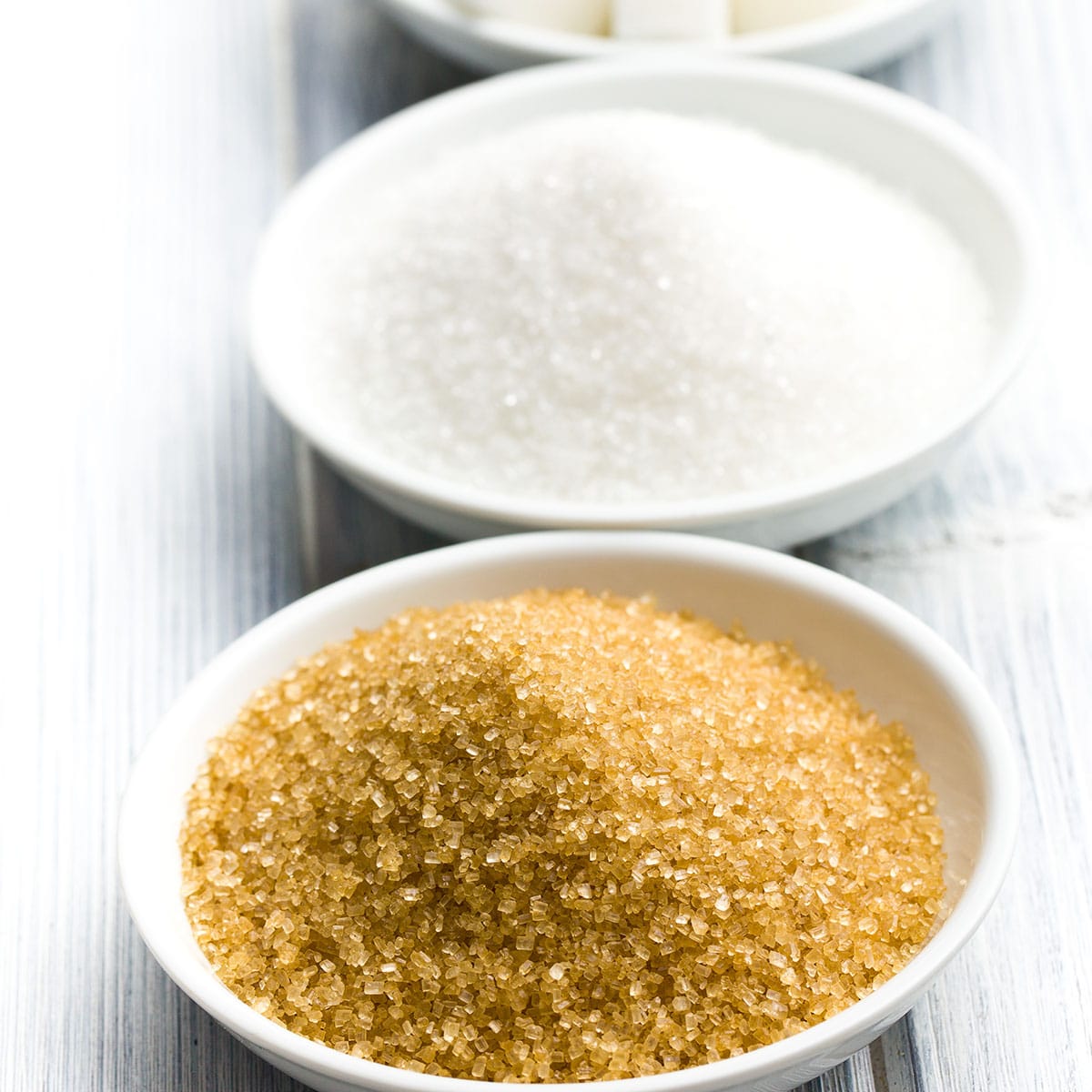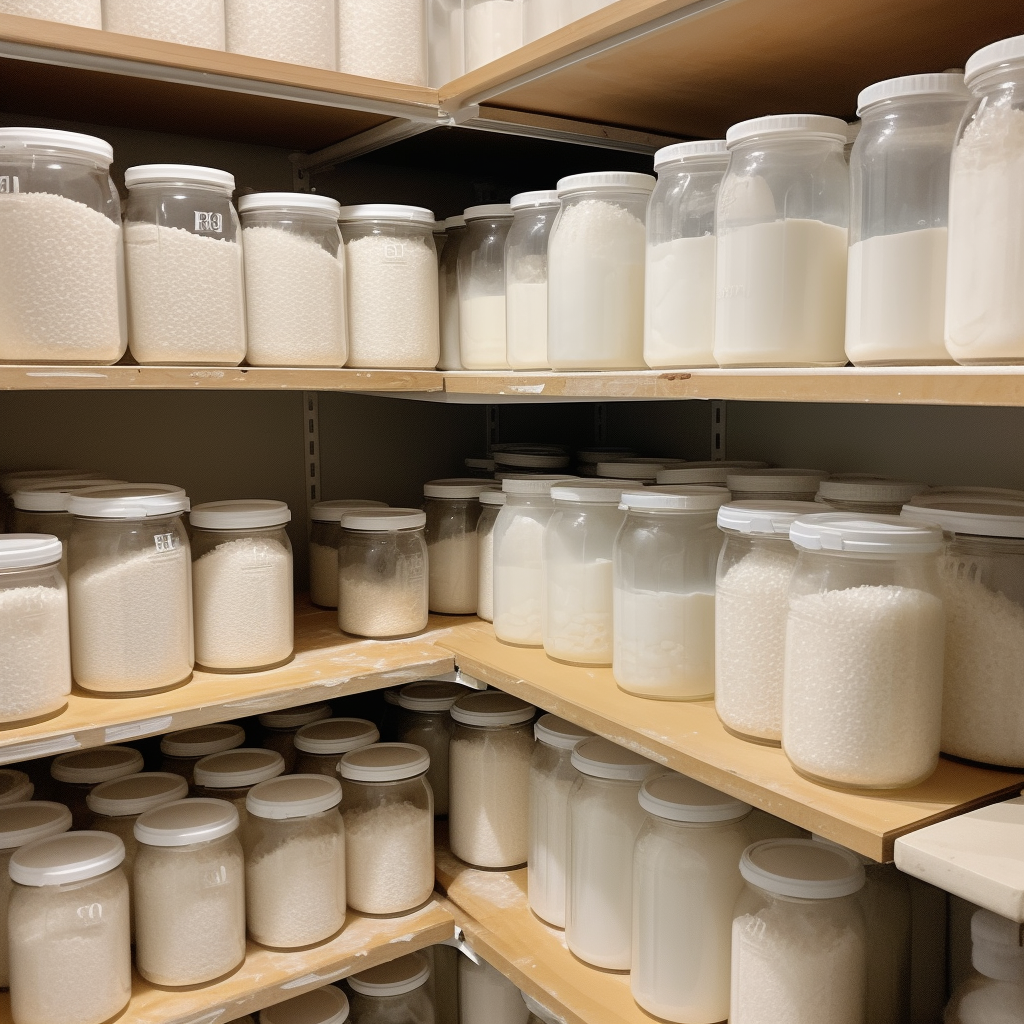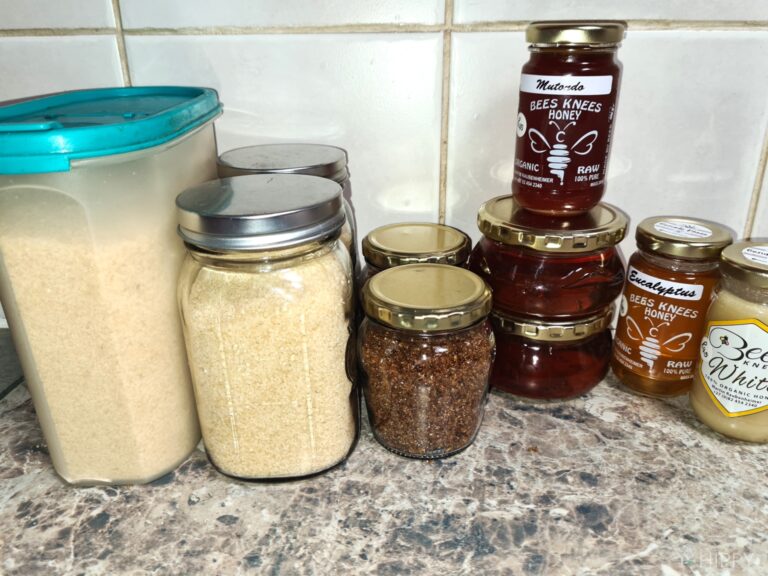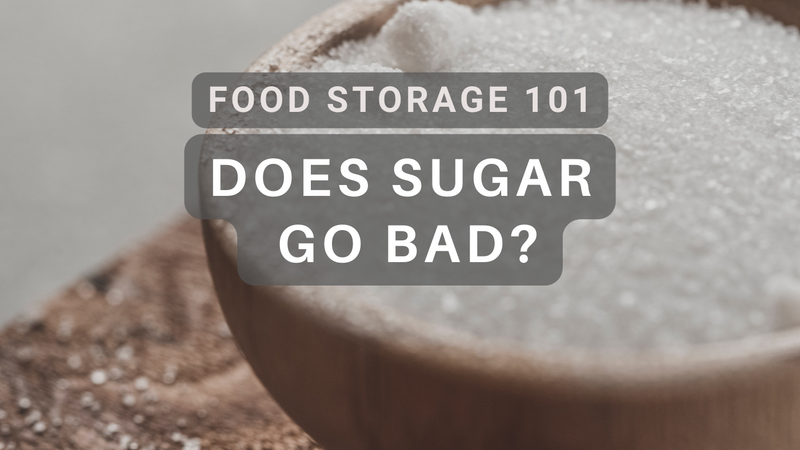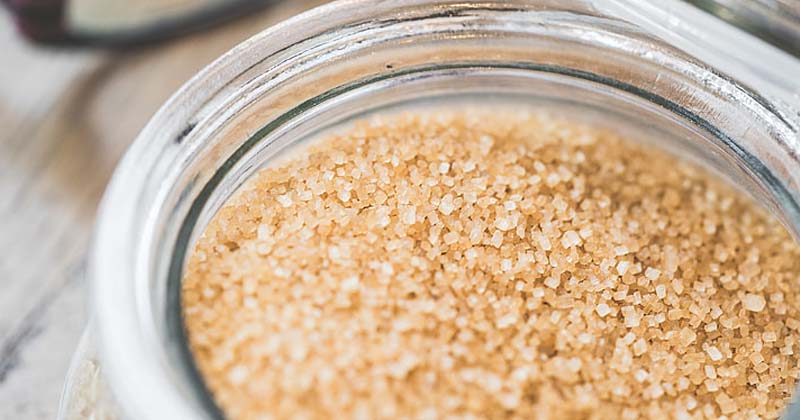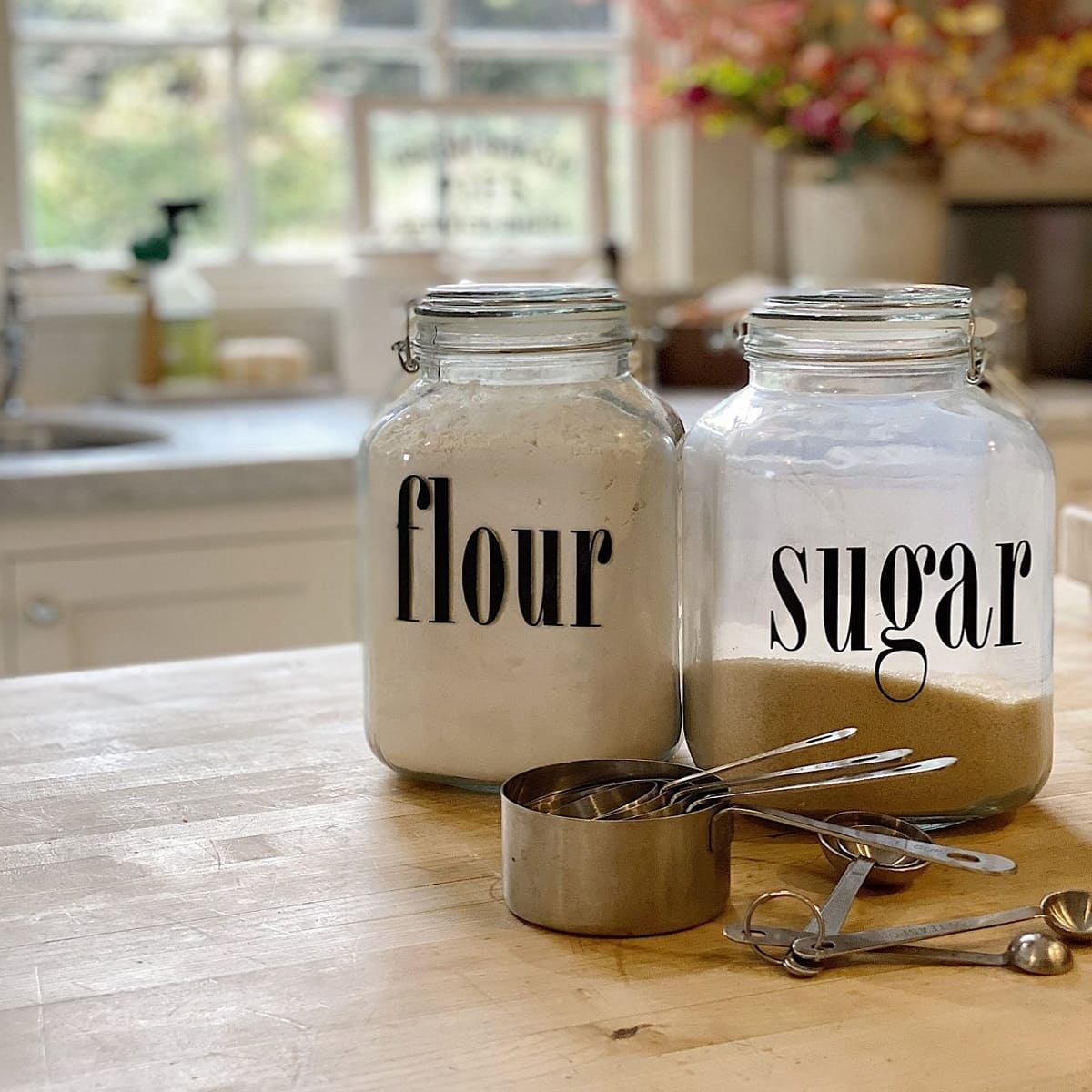How To Long Term Store Sugar

With pantry-stocking gaining renewed interest amidst economic uncertainties and a growing desire for self-sufficiency, knowing how to properly store essential staples like sugar becomes paramount. Sugar, a common ingredient in countless recipes and a valuable energy source, can remain viable for extended periods if stored correctly. Understanding the optimal storage methods ensures you have a readily available supply when needed, minimizing waste and saving money.
Proper long-term storage of sugar involves several key elements: selecting the right type of container, controlling the environment, and understanding the potential issues that can arise. This article provides a detailed guide on how to effectively store sugar for the long haul, drawing on expert advice and best practices.
Understanding Sugar Types and Their Storage Nuances
The primary types of sugar commonly stored are granulated white sugar, brown sugar, and powdered sugar. While the fundamental principles of storage apply to all, each has its specific considerations.
Granulated white sugar, being highly refined, is the most stable and easiest to store long-term. Its low moisture content makes it less susceptible to clumping or spoilage.
Brown sugar, due to the presence of molasses, has a higher moisture content. This makes it prone to hardening if not stored properly. Maintaining its moisture level is crucial.
Powdered sugar, also known as confectioners' sugar, is finely ground and often contains cornstarch to prevent caking. While generally stable, it can absorb moisture and clump, similar to brown sugar, although to a lesser extent.
Choosing the Right Container
The container you choose is paramount in preventing moisture absorption and pest infestation. The ideal container should be airtight, food-grade, and durable.
Mylar bags are a popular choice for long-term storage of various dry goods, including sugar. They provide an excellent oxygen and moisture barrier. Heat-sealing the bags after filling adds an extra layer of protection.
Food-grade plastic buckets with airtight lids are another viable option. Ensure the buckets are specifically designed for food storage to prevent the leaching of harmful chemicals.
Glass jars with airtight seals can also be used, especially for smaller quantities. The transparency allows for easy monitoring of the sugar's condition.
Avoid storing sugar in its original paper packaging for long periods, as it offers minimal protection against moisture and pests.
Creating the Ideal Storage Environment
Beyond the container, the storage environment plays a critical role in preserving sugar's quality. Cool, dry, and dark conditions are ideal.
Temperature is a significant factor. Aim for a consistent temperature below 70°F (21°C). Fluctuations can lead to condensation inside the container.
Humidity should be kept as low as possible. High humidity promotes clumping and mold growth. Consider using desiccants in your storage area.
Light can degrade the quality of some foods over time. A dark storage area, such as a pantry or basement, is preferable.
Avoid storing sugar near strong-smelling items, as it can absorb odors.
Step-by-Step Storage Guide
Here’s a detailed guide on how to store different types of sugar for long-term use:
Granulated White Sugar:
Ensure the sugar is dry and free of clumps. Pour it into a Mylar bag or food-grade bucket.
If using a Mylar bag, remove as much air as possible before heat-sealing. If using a bucket, ensure the lid is tightly sealed. Store in a cool, dry, and dark place.
Brown Sugar:
To prevent hardening, store brown sugar with a moisture-retaining agent. Place a dampened paper towel or a piece of apple in the container. Replace the towel or apple as needed.
Pack the brown sugar tightly into an airtight container, such as a Mylar bag or a well-sealed plastic container. Follow the same environmental storage guidelines as granulated sugar.
Powdered Sugar:
Pour powdered sugar into an airtight container, such as a Mylar bag or food-grade bucket. Consider adding a food-safe desiccant packet to absorb any excess moisture. Store in a cool, dry, and dark place.
Addressing Potential Issues
Even with proper storage, problems can arise. Understanding how to identify and address these issues is crucial.
Clumping is a common issue, particularly with brown and powdered sugars. If clumping occurs, try breaking up the clumps with a fork or spoon. For hardened brown sugar, placing it in an airtight container with a slice of bread overnight can help restore its moisture.
Pest infestation is another concern. Regularly inspect your sugar containers for signs of pests. If you find any, discard the affected sugar and thoroughly clean the storage area.
Odor absorption can occur if sugar is stored near strongly scented items. If the sugar has absorbed an undesirable odor, it's generally best to discard it.
Expected Shelf Life and Monitoring
When stored correctly, granulated white sugar can last indefinitely. Brown and powdered sugars have a slightly shorter but still substantial shelf life, typically around two years.
Regularly inspect your stored sugar for any signs of spoilage, such as unusual odors, discoloration, or pest infestation. Although sugar does not necessarily "go bad" in the traditional sense, its quality can deteriorate over time.
Label each container with the date of storage to help track its age.
The Significance of Long-Term Sugar Storage
Mastering the long-term storage of sugar offers numerous benefits. It ensures a readily available supply for baking, cooking, and other needs, especially during emergencies or disruptions in supply chains.
It also helps reduce food waste and save money by preventing spoilage. A well-stocked pantry provides a sense of security and self-reliance.
By following these guidelines, you can confidently store sugar for the long term, ensuring you always have this essential ingredient on hand. Consider these methods a practical investment in your food security and preparedness.

